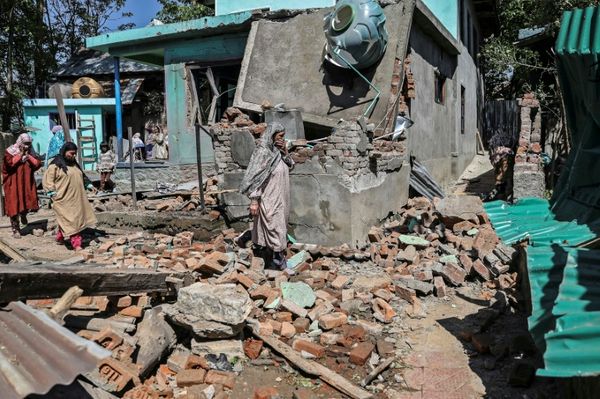
A slew of satellite images from China’s Jiuquan Satellite Launch Center reveals that an explosion significantly destroyed rocket facilities in October 2021, according to a media report.
What Happened: Based on the images, Space News reported that the evidence of the explosion was seen at Jiuquan, situated in the Gobi Desert and a host for major orbital launches, including all of the country’s Shenzhou human spaceflight missions.
The report pointed out that the high-resolution images from the spot show the facilities were possibly used to test solid rocket motors intact in October 2021. The apparent aftermath of an explosion was visible in an image from a month later.
High-resolution satellite imagery shows that there was an explosion at a launch pad south of the Jiuquan Satellite Launch Center in October 2021.
— Harry Stranger (@Harry__Stranger) June 10, 2022
The location of this pad is 40°50'13.3"N, 100°10'31.8"E (https://t.co/KjLngbke1t). pic.twitter.com/Qckwaqtcrj
Chinese media did not cover the explosion, and therefore the reason behind it is yet unclear.
According to the report, given the profile of previous events at Jiuquan, the report said it is likely that the structures were related to the testing and assembly of solid rockets operated by a non-CASC entity.
China Aerospace Science and Technology Corporation or CASC is a state-owned main contractor for the Chinese space program.
The damaged facility is 16 km southwest of Jiuquan’s two main launch complexes, which CASC utilizes for hypergolic Long March rocket launches for human spaceflight, civil, military, and research missions.
Why It Matters: The developments come when China is pushing to develop solid rocket launch capabilities, including privately-funded launch service providers.
Photo via Sparktour on Wikimedia







